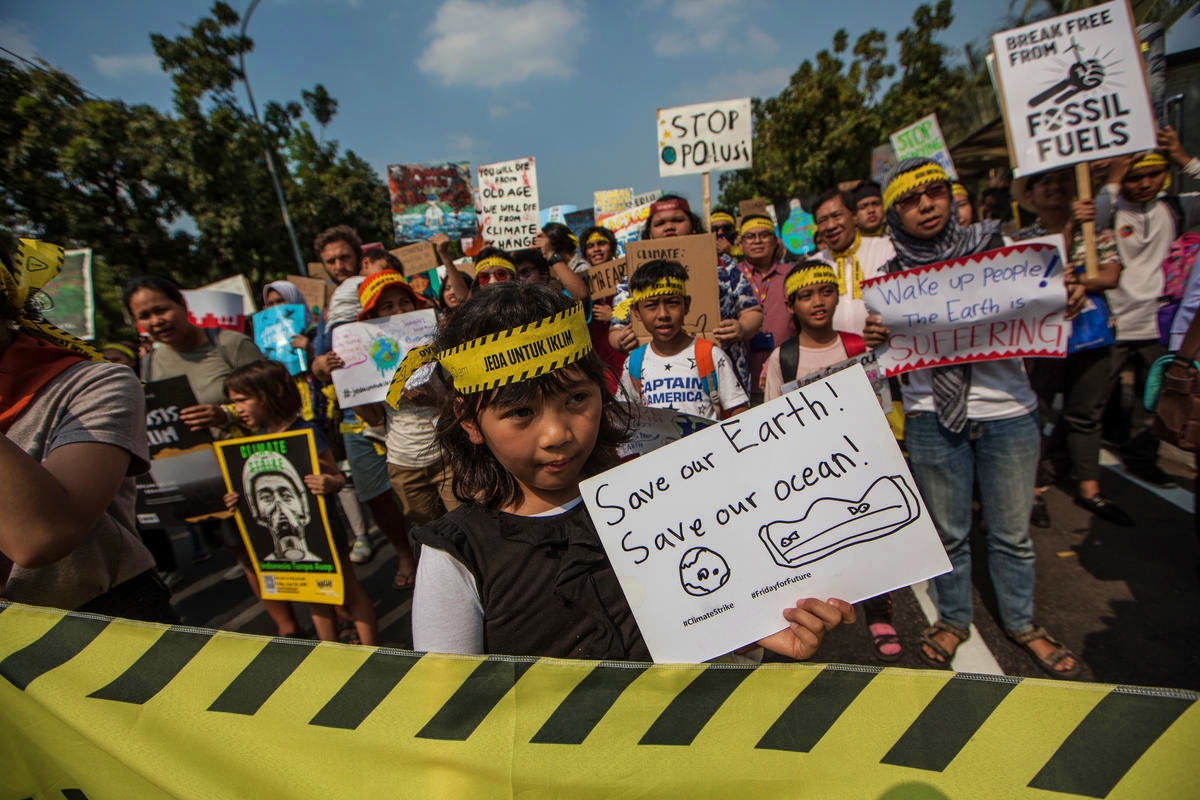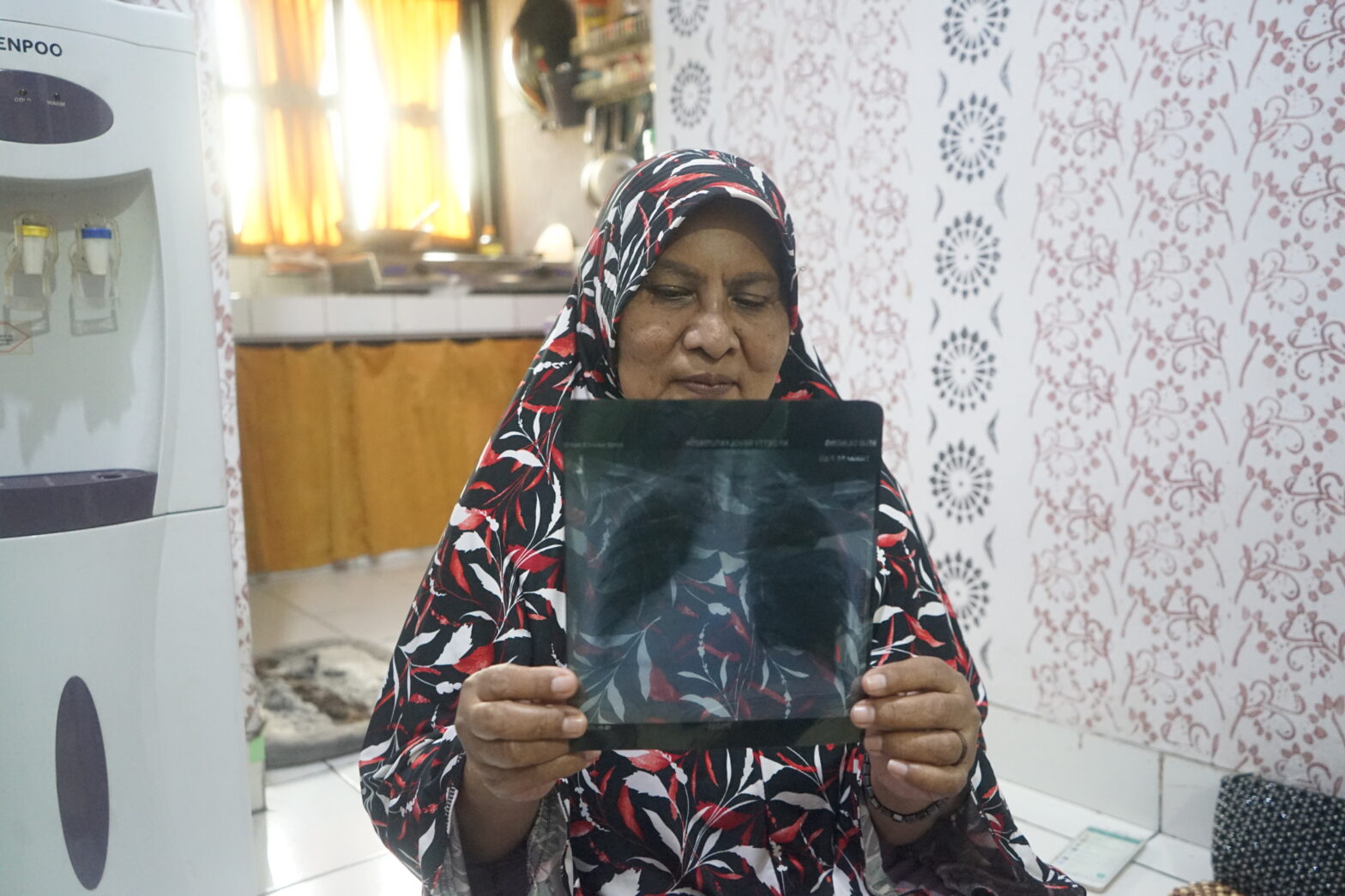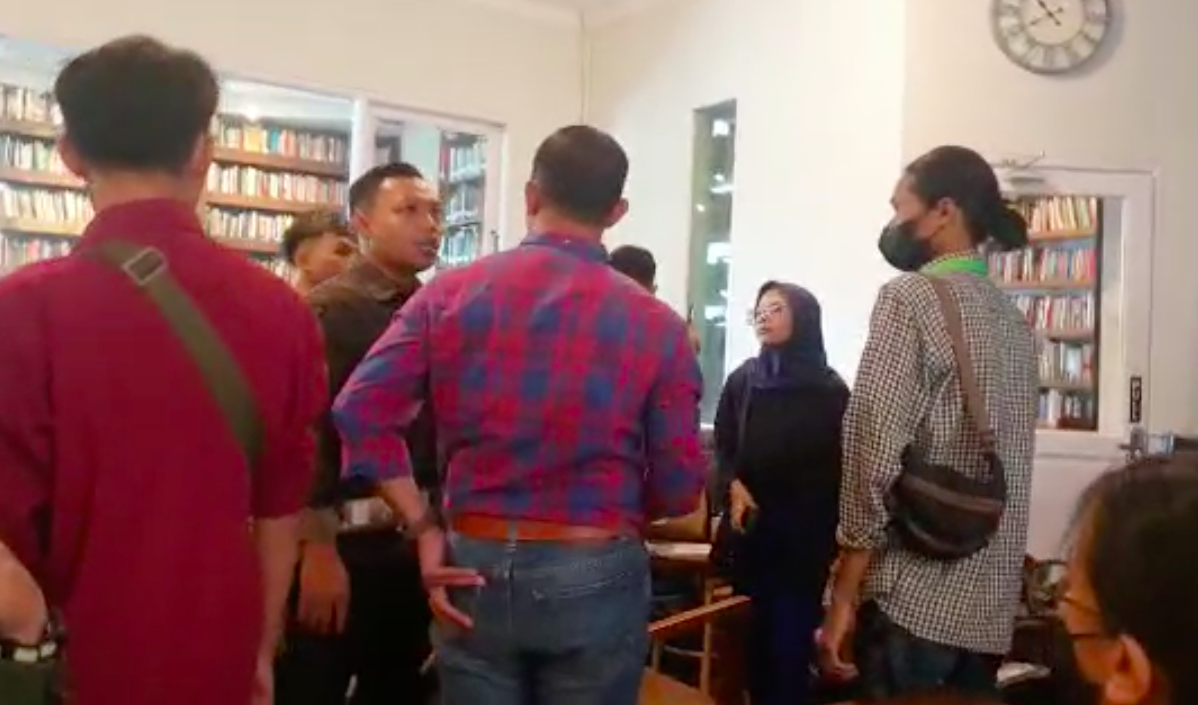Collaboration to strengthen climate change literacy is needed to sensitize the public on environmental conditions.
A team of researchers from Monash University Indonesia says that the politicization of climate change issues has led to the polarization of populations in many places and therefore strengthening climate change literacy is needed to sensitize the public on the conditions of the environment.
One of the most solid example of polarization — a division into two distinct opposites — can be seen when a documentary titled “Sexy Killers” that discussed the coal mining industry and its controversies was released only a week before the Indonesian presidential election in 2019.
However, the more important messages of the documentary — environment degradation, climate change, and energy — were drowned out by the cacophony of conversations on social media.
Ika Idris, Associate Professor in Public Policies and Management at Monash University explains that positive sentiments usually dominate social media when it concerns (government development policy) and the environment.
Many could ‘pardon’ degradation of the environment because the government needed to act to meet the needs of the public – such as the demand for energy as discussed in the documentary.
Idris’ study of the documentary shows that environmental issues were only discussed by 27 percent of social media users, discussion on the victims by 12.2 percent of the users while the rest talked about the producer, the central government, and political candidates.
“First, we feel the film was too difficult for the public to understand, especially regarding the environment and climate. Second, we believe that environmental issues were politicized at that time,” Idris explained at a seminar titled “Building Climate Change Literacy in Indonesia” on February 23, 2023.
Derry Wijaya, Associate Professor in Data Science at the university adds that the politicization of climate that helped increase polarization across the globe was also caused by the various political orientations of the media.
These varying orientations were followed by framing, or what he defines as “choosing a few aspects of reality and making them more prominent,” so that an issue can be presented differently depending on the perspective of the media.
“For example, one media looks at climate from the economic perspective while another will look at it from its impacts on the society,” Wijaya said.
To minimize polarization in the society, Wijaya believes a study on media framing is needed through cross-disciplinary collaborations. The goal is to map the most talked-about topics and find the most effective angle to encourage public participation in climate actions.
Non-persuasive communication
One of the approaches to raise public sensitivity to climate change issues is the use of non-persuasive communication.
David Holmes, Associate Professor in Communication and Media Sciences at Monash University said that non-persuasive communication is a fact-based communication that can easily be understood by the general public, constantly repeated by trusted sources, and targets the public using various channels.
This approach, according to Holmes, is said to have a broad impact with a low level of advocacy. Exposed audiences showed a 16% increase in climate change prevention behavior compared to those not exposed to non-persuasive communication.
Those who were exposed to the information showed a 2.8 percent increase in interest on climate change, while those not exposed showed a 4.8 percent decline in interest.
According to Holmes, the approach should be based on the principle that the more often a message is delivered in a concise manner, the higher the level of public listening.
“If you give a long explanation and someone else gives a short one, such as infographics, people will choose the short one. They do not have time for the long form,” says Holmes.
In addition, message creators should also be able to identify spaces and topics that are at the center of public attention. The use of trusted sources for information dissemination is also considered an important strategy.
Holmes notes that a trusted source doesn’t always have to be a scientist. In Australia, he worked with local newspapers or weather presenters to share science data in weekly meetings.
“We collaborate by sharing data to climate reporters, because they don’t have access to it. Even if they do, they don’t know what to do,” continued Holmes, who is also the Director of the Monash Climate Change Communication Research Hub (MCCCRH).
“At the university, we have graphic designers, we have sociologists who understand how to make the topic relevant, we have communication scientists who understand how to make it clearer. So, the right place for this is in the university,” Homes added.
Mainstreaming youth narratives
Prioritizing youth narratives in the mass media is believed to be one of the effective ways to spread messages to save the environment. This argument is based on a survey carried out by Indonesia Cerah Foundation in 2021 that shows 82% of Indonesian youth are aware of climate change issues.
Kunto Wibowo, Head of the Research Center on Communication, Media and Culture of the Padjadjaran University, said that social media is very likely to shape behaviors that would encourage Indonesian youth to be involved in environmental activism..
The challenges, he said, laid in drawing these young people into a more meaningful participation between January 2021 to January 2020 he prepared an analysis on framing related to youth activism, and also the social media activities of civil society organizations.
If you give a long explanation and someone else gives a short one, such as infographics, people will choose the short one. They do not have time for the long form.
David Holmes, Associate Professor, Monash University Indonesia
The challenge is to engage these young people in more meaningful participation. From January 2021-January 2022, Wibowo made a framing analysis related to youth activism, as well as social media activities from civil society organizations.
The goal is to learn the social media content that attracts young people in environmental discussions.
“We found news coverage of activism is the main narrative,” Wibowo said.
For him, drawing the youth to be involved in, and act for the sake of the environment was not an easy task. But, taking examples that fit their time is believed to be able to motivate them to become more involved in actions to improve the environment.
“If these young children feel that the majority of their colleagues are doing something, then they would also feel the need to do the same thing,” Wibowo said. “This is like a subjective knowledge campaign. If you are not an environmental activist, you are not cool.”
However, making environmental issues more relevant to the young is still seen as a homework which needs to be handled by all sides together. In his research Wibowo found that environmental damage that is taking place in other places are not yet relevant for most young people in Jakarta or on Java island.


